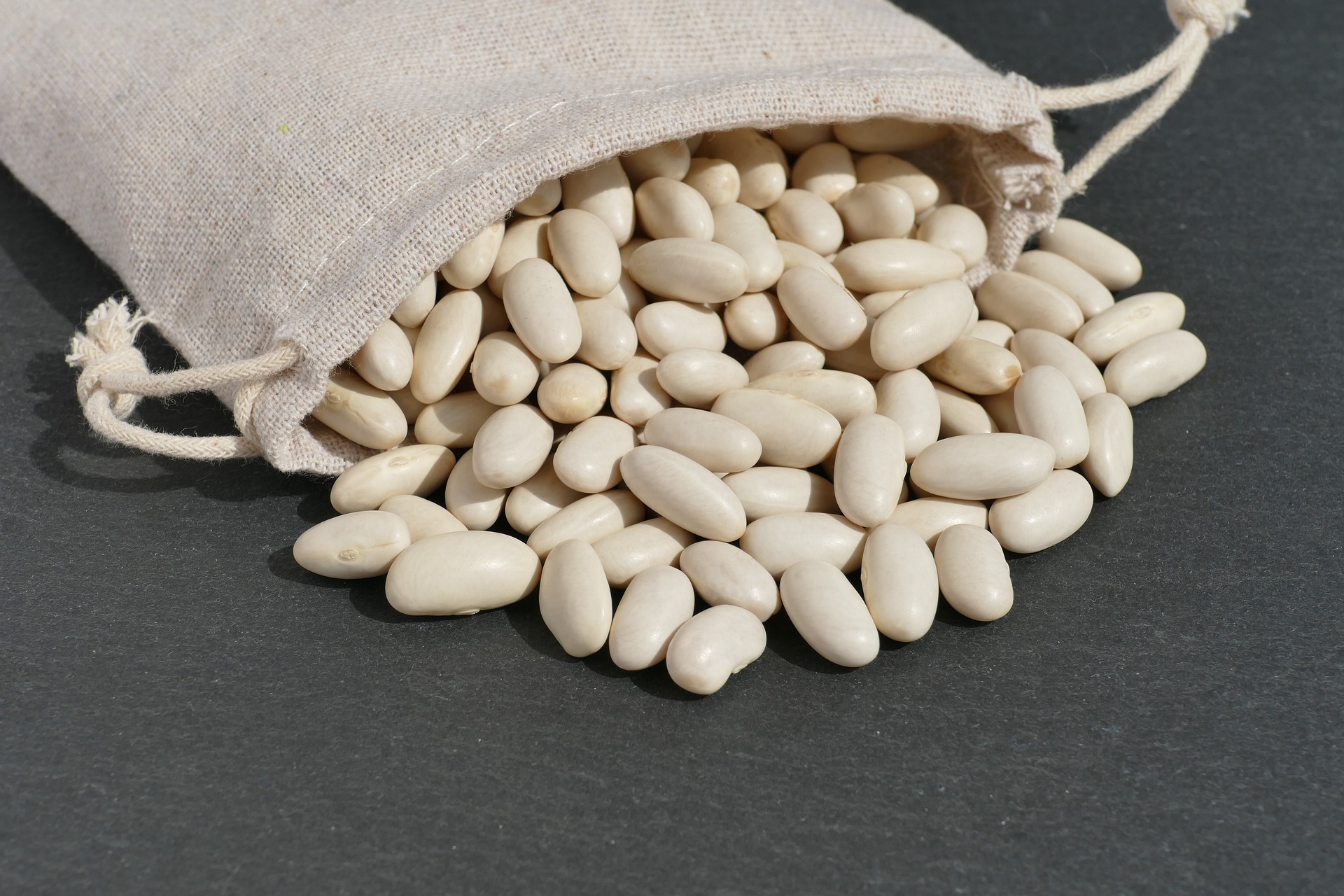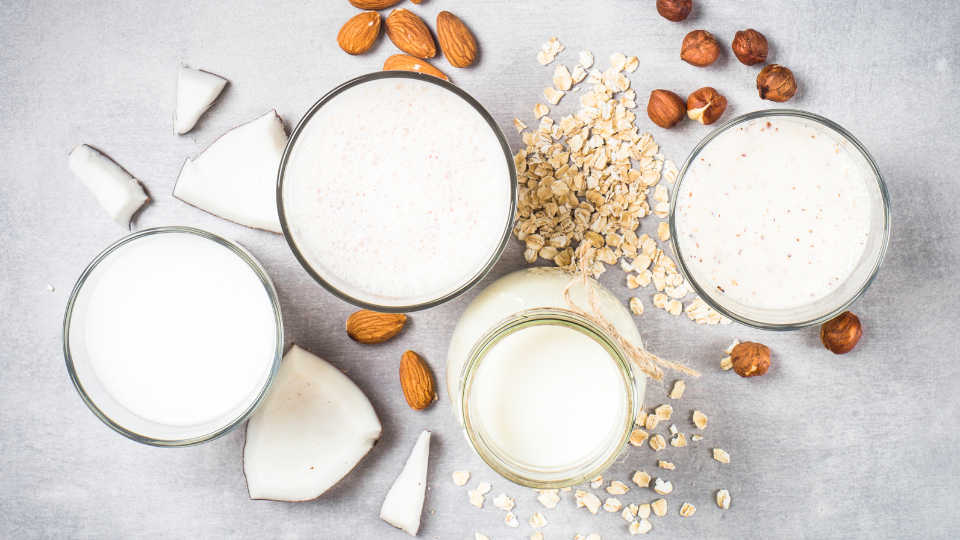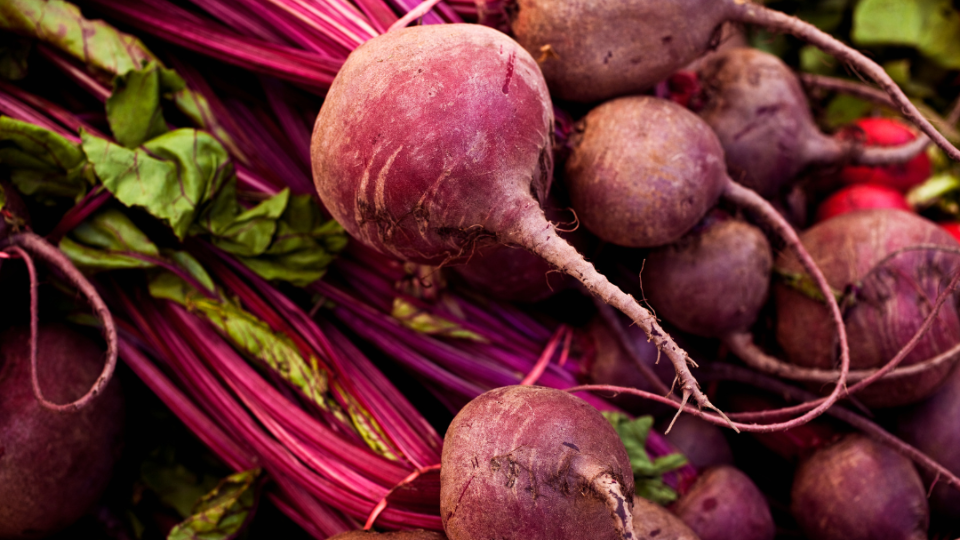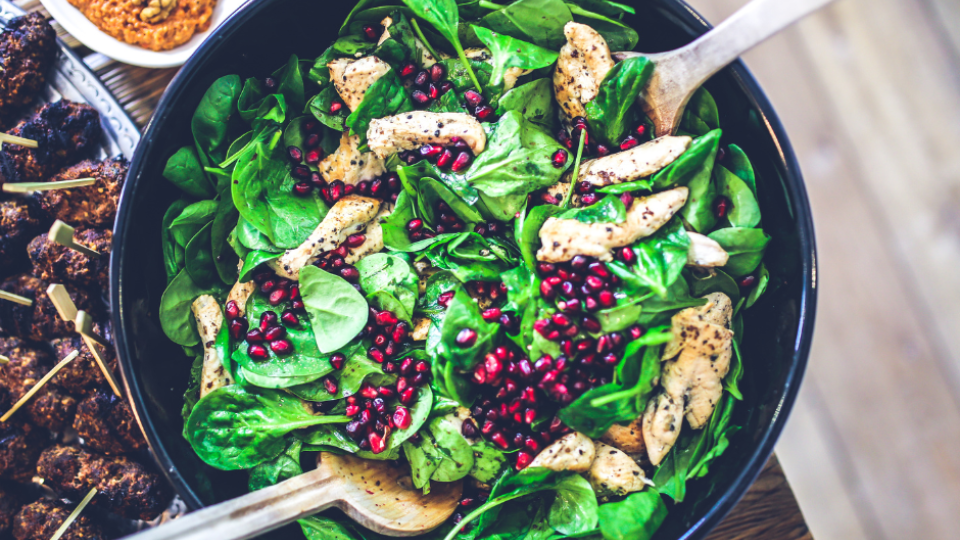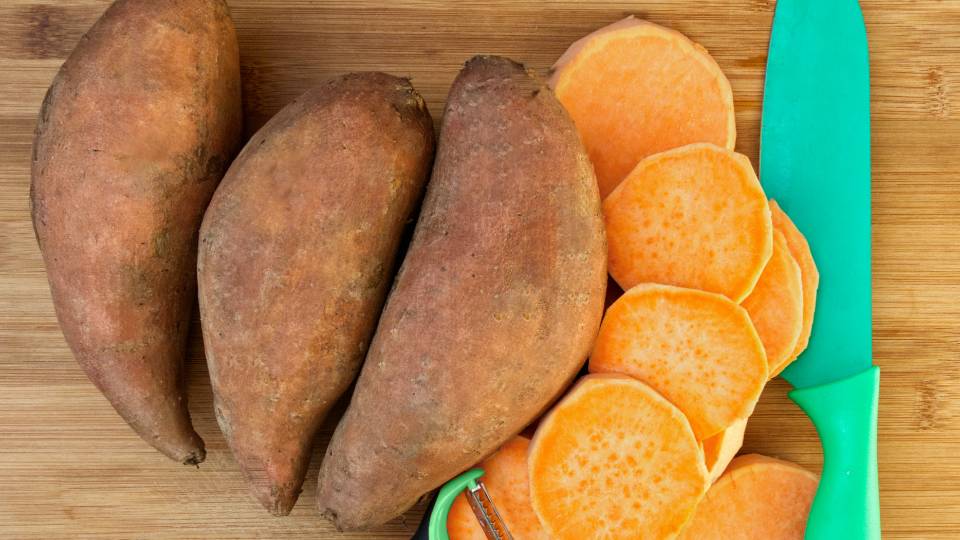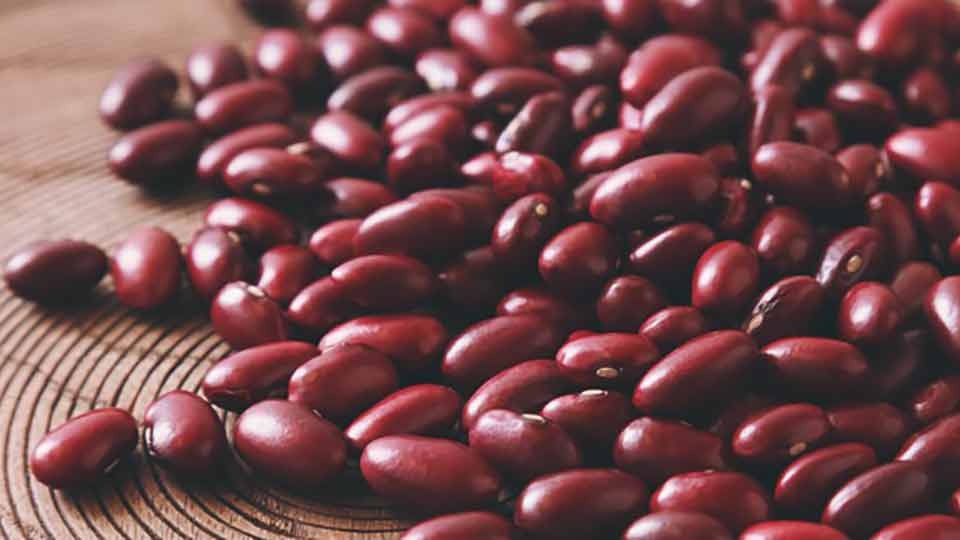The Importance of Vitamins and Minerals to Overall Health
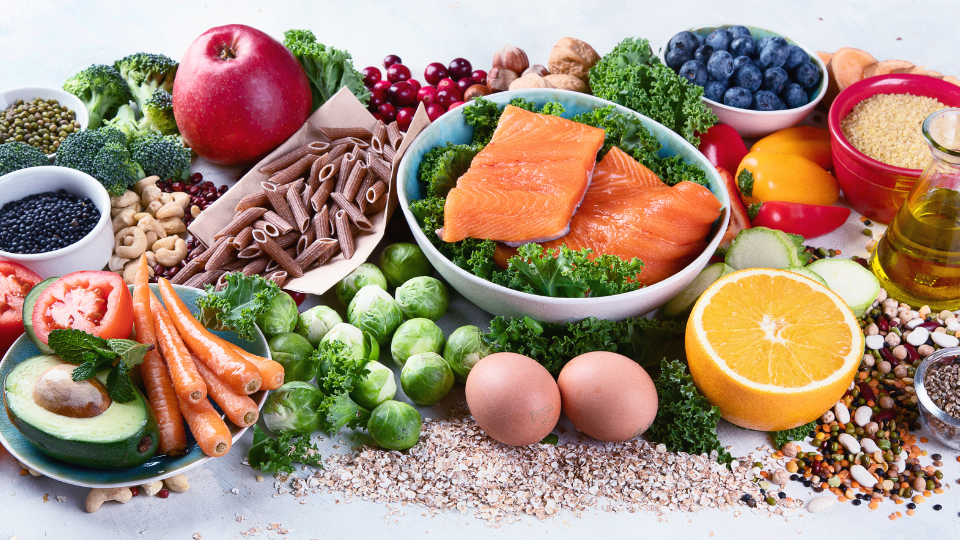 The two main nutrient categories of the food we eat are macronutrients and micronutrients. Macronutrients are the nutrients that provide our body with calories and have many important roles in the body. The three types of macronutrients are carbohydrates, protein, and fat. These nutrients are often measured in grams. The recommended amounts of macronutrients for our daily food intake are:
The two main nutrient categories of the food we eat are macronutrients and micronutrients. Macronutrients are the nutrients that provide our body with calories and have many important roles in the body. The three types of macronutrients are carbohydrates, protein, and fat. These nutrients are often measured in grams. The recommended amounts of macronutrients for our daily food intake are:- Carbohydrates: 45-65% of total daily calories
- Protein: 10-35% of total daily calories
- Fat: 20-35% of total daily calories
It is important to eat a balance of the macronutrients each day to maintain health. While macronutrients are an important part of a healthy eating pattern and provide our bodies with energy, micronutrients are just as important. The rest of this article will:
- Define the two types of micronutrients
- Explore how to eat a healthy diet that includes a variety of micronutrients
What are micronutrients?
The two types of micronutrients found in the food we eat are vitamins and minerals. These nutrients are often measured in milligrams (mg), micrograms (mcg), or International Units (IU). Though we need them in much smaller amounts compared to macronutrients, they still play an essential role in maintaining good health.
Vitamins
Vitamins are categorized as either a water-soluble or fat-soluble vitamins. There are four fat-soluble vitamins; vitamin A, vitamin D, vitamin E, and vitamin K. Fat-soluble vitamins are found in foods that have fat in them. This is beneficial because fat-soluble vitamins are absorbed better when eaten with foods that contain dietary fat. Once our body absorbs fat-soluble vitamins, they are stored in fat tissue or the liver. All other vitamins are considered water-soluble vitamins. Water-soluble vitamins dissolve in water, so any unused water-soluble vitamins are usually moved out of the body in urine. (See table 1. for the list of fat-soluble and water-soluble vitamins.) Because fat-soluble vitamins are stored in the body for longer periods of time, there is a higher risk for harmful effects from toxicity if eaten in excess compared to water-soluble vitamins.
Table 1. List of fat-soluble and water-soluble vitamins
| Fat-Soluble Vitamins | Water-Soluble Vitamins |
|---|---|
|
|
Minerals
Minerals are inorganic elements found in a variety of the foods we eat. There are 21 minerals found in food that our bodies need daily to perform important functions and keep us healthy. Some minerals are more well known than other minerals, for example calcium, iron, sodium, and potassium are all minerals you may be familiar with. See Table 2. for a complete list of minerals.
Table 2. List of key minerals our body needs on a daily basis.
| Minerals | ||
|---|---|---|
|
|
|
Healthy Eating Pattern and Micronutrient Recommendations
Our body needs a varying amount of 20+ different micronutrients each day to maintain balance and overall health. That is a lot of nutrients to eat in one day. Some vitamins and minerals are needed in larger amounts, while others we need in smaller amounts. For example, adults need 47000 mg of potassium each day and only 2 mcg of vitamin B12 each day. How can we ensure that we are consuming the right foods to fuel our body and provide all the other nutrients we need? Here are a few key tips that you can follow to help you eat the right number of micronutrients each day.
- At each meal, include all five food groups. Different food groups contain different vitamins and minerals. See table 3. for examples.
- At each snack, include 2-3 food groups. For snacks, it is best to include a protein food and a carbohydrate food. The protein food could come from an animal or plant source. The carbohydrate food could be a fruit or a grain. For your third food group, always try to include a vegetable. Here are some examples of great snacks. The order of the food in the example is carbohydrate, vegetable, and protein.
- Orange slices, snap peas, and hummus
- Crackers, cucumber slices, and turkey meat
- Apple slices, carrots, and peanut butter
- Granola bar, cherry tomatoes, and string cheese
- Have a varied diet. Instead of eating the same fruits and vegetables each day, mix it up. Foods within each food group contain varying amounts of vitamins and minerals. For example, bananas are higher in potassium, while oranges are higher in vitamin C. And leafy greens are higher in vitamin K and iron, while sweet potatoes are a great source of vitamin A.
Table 3. Examples of the varying micronutrients provided by each food group.
| Food Group | Micronutrients |
|---|---|
| Vegetables |
Vitamin A, vitamin C, vitamin E, vitamin K, folate, magnesium |
| Fruit | Vitamin C, vitamin A, potassium |
| Whole Grains | Magnesium, thiamin, niacin, iron, copper, zinc, manganese |
| Protein | Iron, vitamin B12, niacin, biotin, cooper, chromium, selenium, vitamin B6 |
| Dairy | Calcium, vitamin D, riboflavin, vitamin A |
Salt, though not a food group, provides three key micronutrients. They include sodium, chloride, and iodine. Processed foods are the main source of sodium in the American diet, and often why individuals eat too much sodium. Salt is important because it is the only source of chloride, and other than seafood, is the main source of iodine in the American diet. However, the food supply in America provides plenty of chloride salts and salt can cause problems with health if too much is eaten in our diets.
Summary
Vitamins and minerals are micronutrients that our body needs in small amounts each day. Each micronutrient has an important role in our body that helps maintain overall health. A healthy eating pattern that includes eating all of the food groups throughout the day and eating a variety of foods within each food group can provide our body with the micronutrients it needs.
Now that you’ve learned more about micronutrients in general, you may be interested in learning more about each specific vitamin and mineral. Articles will be published on the USU Extension Nutrition website about each vitamin and mineral. These articles will dive deeper and explore the
- purpose of that vitamin or mineral
- daily recommendation
- good food sources and if a supplement is needed
- consequences of not eating enough of the vitamin or mineral
- and much more
Micronutrients are a necessary part of the diet. Without them our body would not be able to function properly. Learning about each vitamin and mineral can help you increase your knowledge and make better food choices each day.
References
- https://www.cancer.gov/publications/dictionaries/cancer-terms/def/fat-soluble-vitamin
- https://www.canada.ca/content/dam/hc-sc/migration/hc-sc/fn-an/alt_formats/hpfb-dgpsa/pdf/nutrition/dri_tables-eng.pdf
- https://www.ncbi.nlm.nih.gov/pmc/articles/PMC8840645/
- https://extension.okstate.edu/fact-sheets/minerals-and-the-body.html
- https://www.health.harvard.edu/staying-healthy/the-best-foods-for-vitamins-and-minerals
Authors
Jenna Dyckman, Extension Assistant Professor, Utah State University
Related Nutrition Articles





